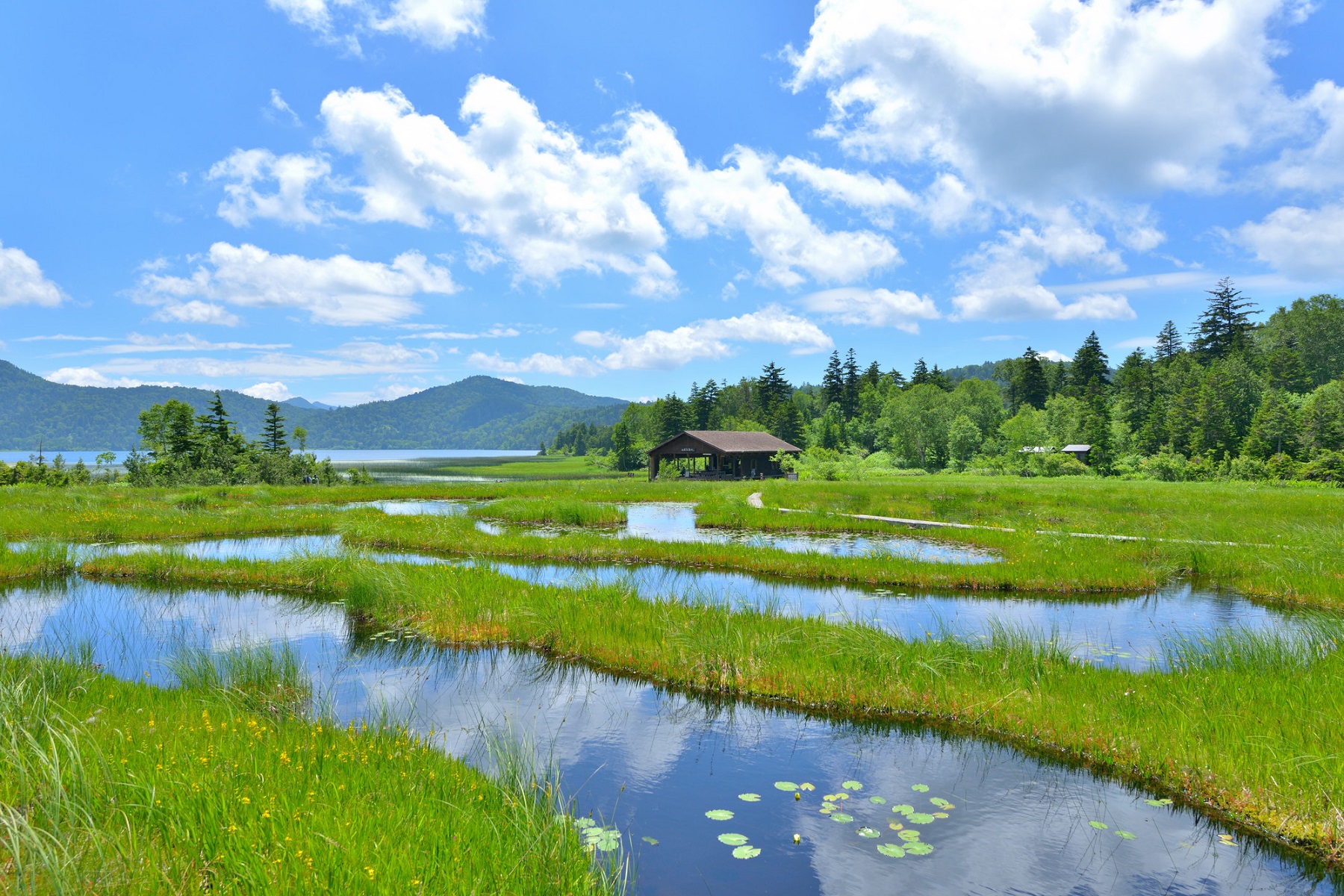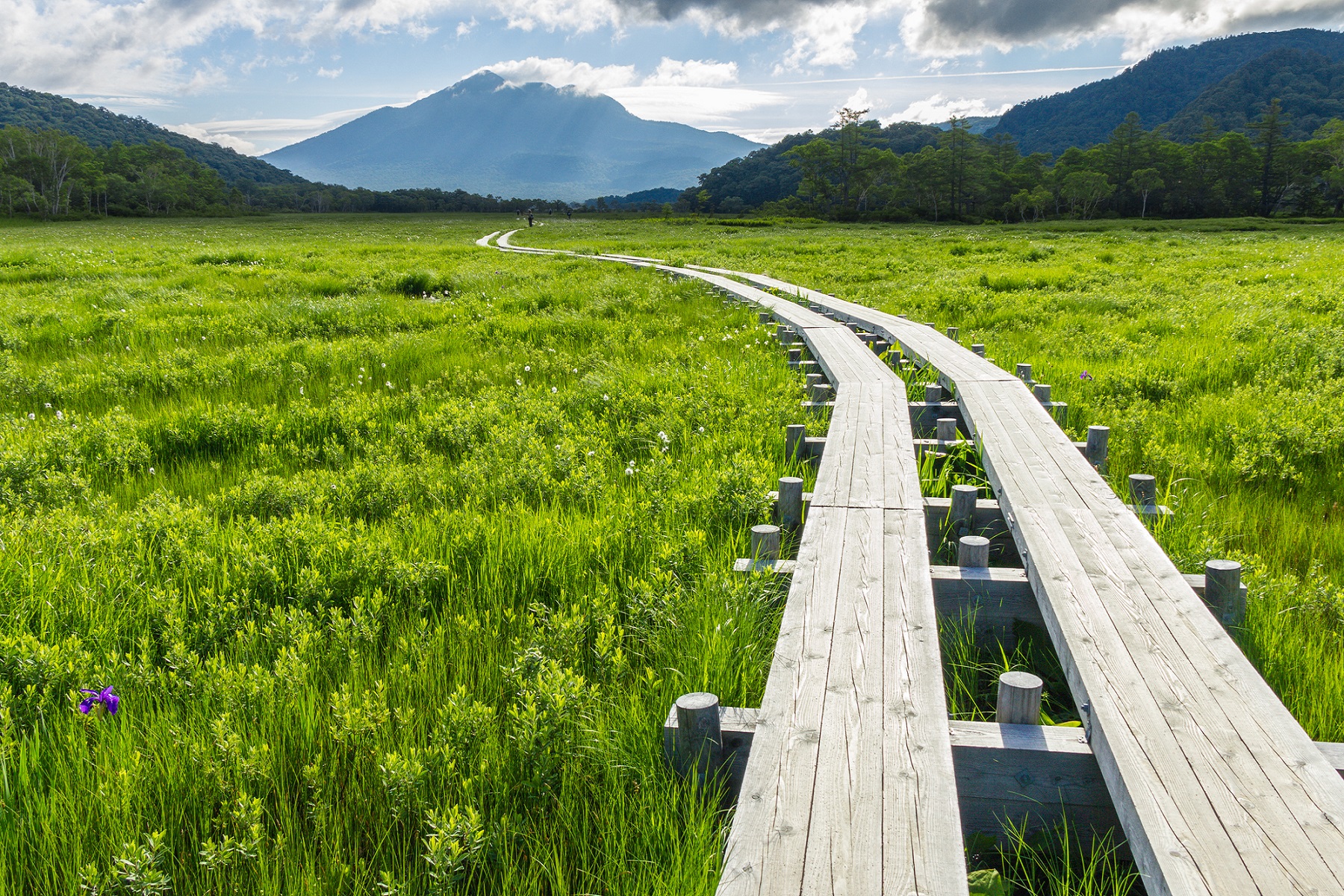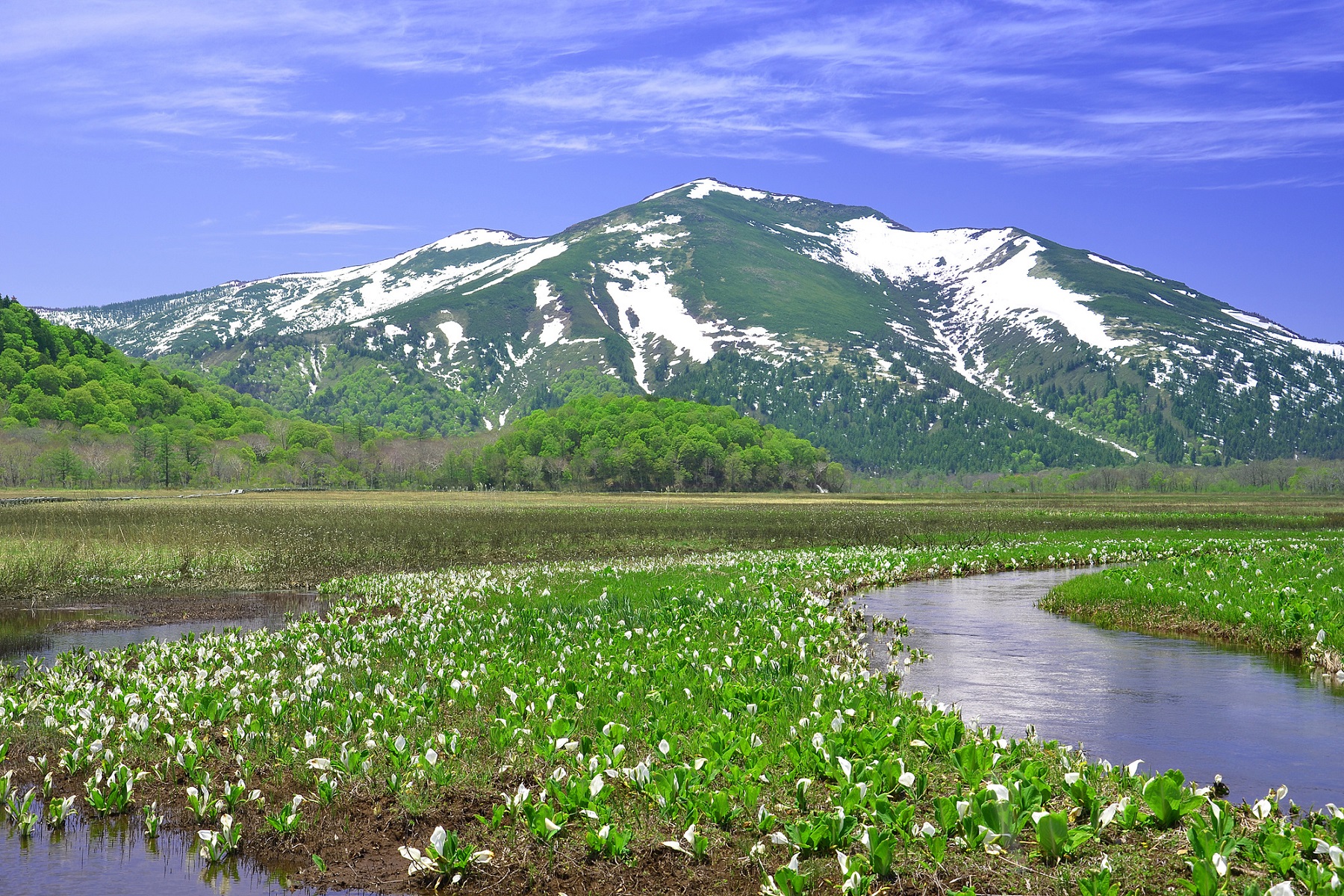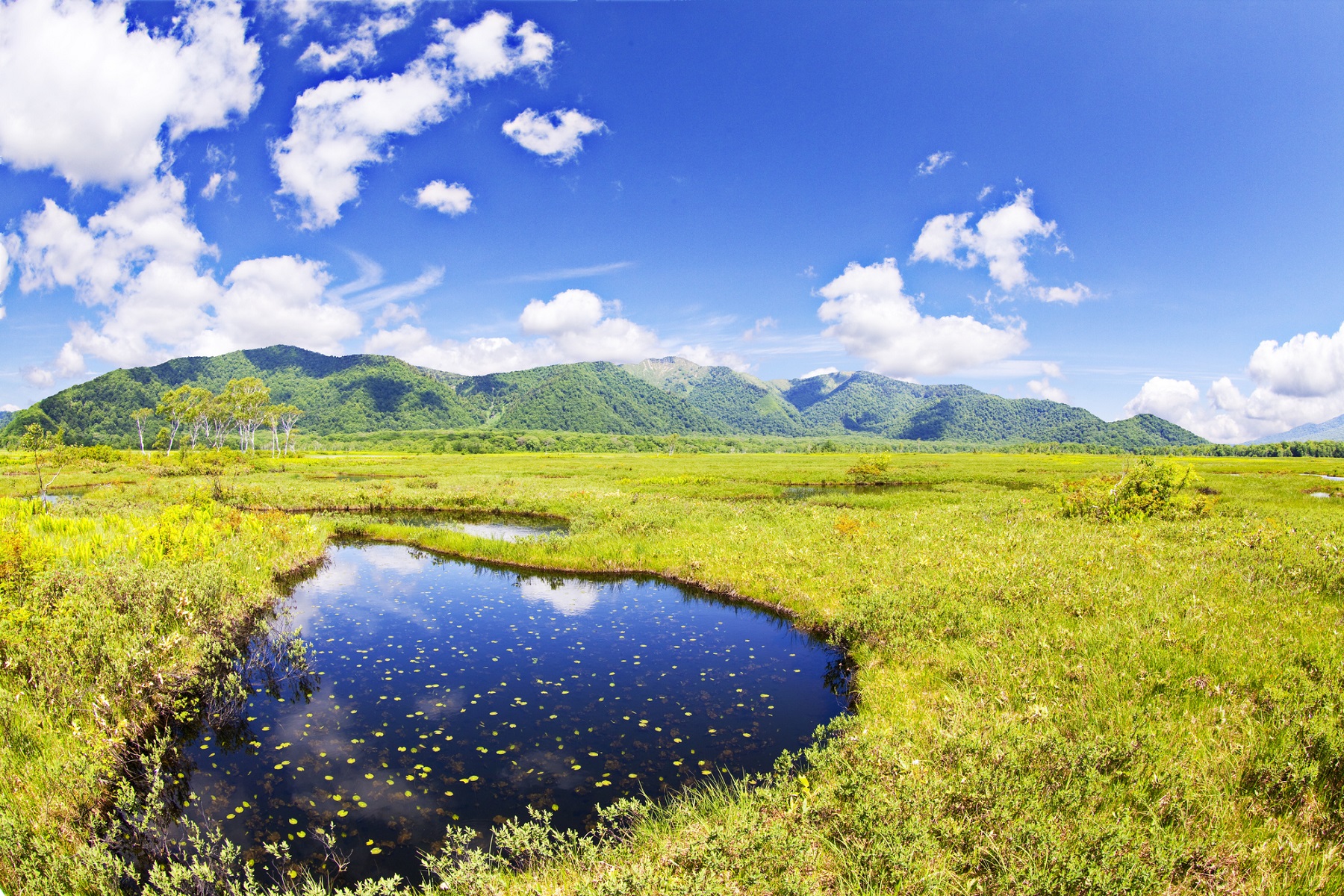
- Overview
-
- * Oze National Park spans Gunma, Fukushima, and Niigata, and is a famous hiking spot that is beautiful in all four seasons.
- * Oze-no-hara is Japan's largest plateau wetland, with a history of 10
- 000 years and more than 900 species of plants left over from the Ice Age
- * The mountain is closed from November to May every year, and the natural secret place is only accessible for half a year
- * Four-season plants: Water plantain in May-June, yellow sedge and goldenrod in July-August, red leaves turning color in September-October
- * Recommended route: Hatotoge Pass → Yamanohana → Ushio → Return along the original route
- * Minibuses go directly to Kutoge Pass, which is convenient and time-saving
- What to expect
-
-Itinerary Information- Meeting Time: 6:45 AM Tokyo Meeting Meeting Point: In front of the Marunouchi Building, Tokyo Departure Time: 7:00 AM Departure from Tokyo Return Information: Approximately 7:30 PM Arrival near JR Tokyo Station -Itinerary Details- * Oze National Park "Oze National Park" is located in Fukushima, Tochigi, Gunma, and Niigata prefectures. The climbing season is limited to May to October each year. Various flowers bloom from spring to early summer, and the autumn leaves are also very charming, attracting many visitors. "Oze-no-hara" is the largest alpine wetland in Japan. * Oze-no-hara Oze-no-hara: Approximately 1400 meters above sea level, with a history of 10,000 years and over 900 species of alpine plants, it is a natural hiking route that mountaineers long for. Spring (Late May – June): Asian skunk cabbages are in full bloom, and the ponds are surrounded by lush greenery, creating a classic wetland landscape. Summer (July – Late August): Butterflies and dragonflies flutter around, a



- Map of destination or departure area
